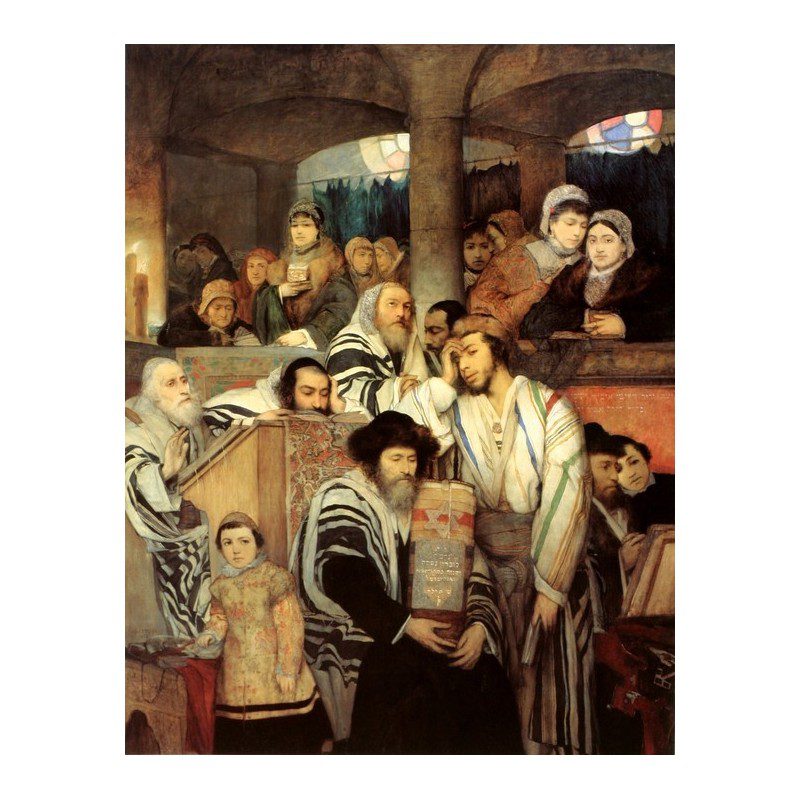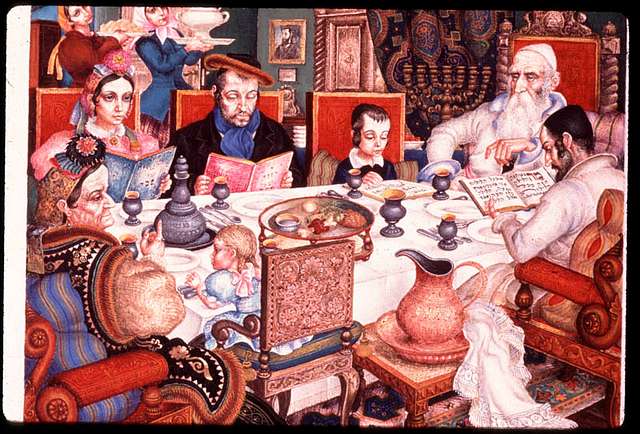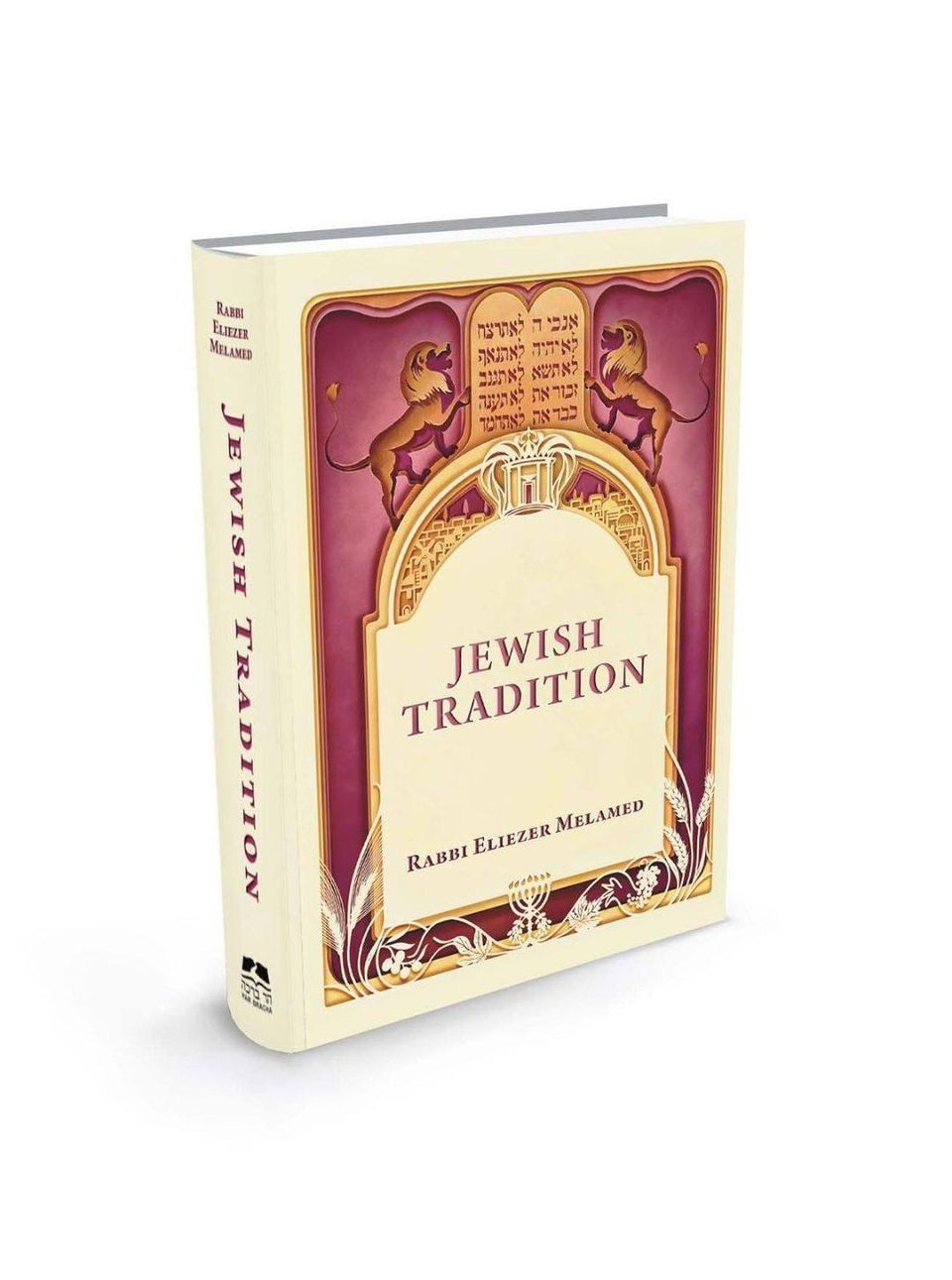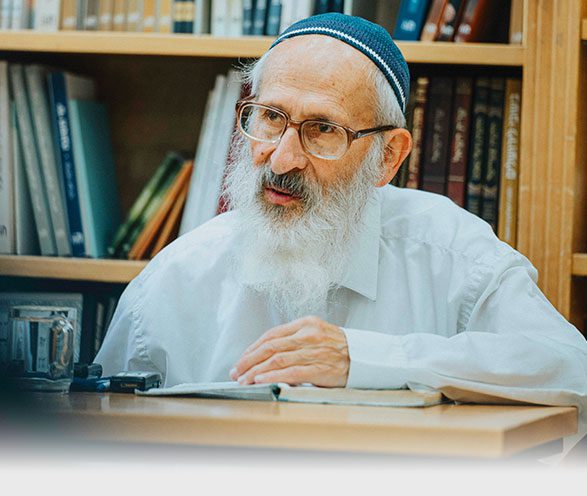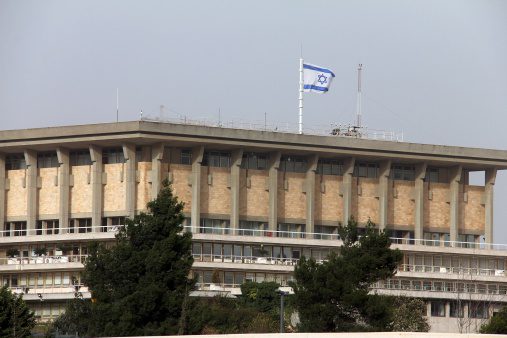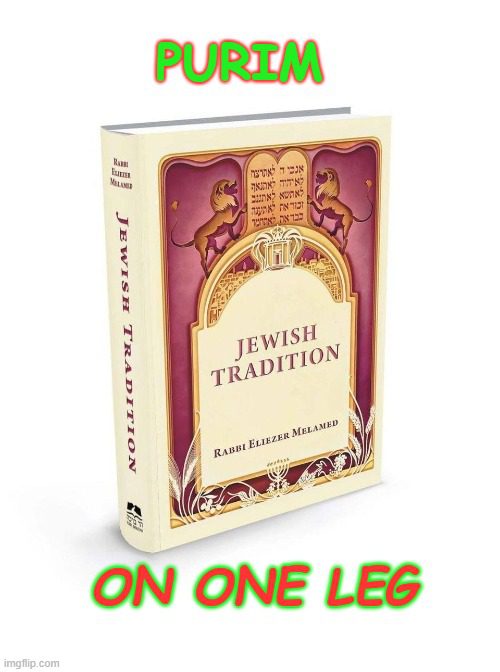A Day of Reconciliation
by HaRav Dov Begon – Head of Machon Meir
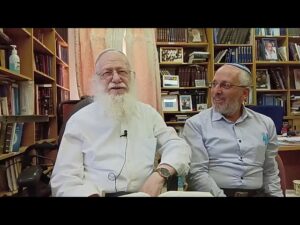
“The Day of Atonement” is the usual translation for Yom Kippur. However the root of the word kappara is given another connotation in Deuteronomy 32:43 “vekhipper admato amo.” Rashi says that the word “kaparah” means reconciliation. Rav Kook wrote, “The People and Land of Israel constitute a single essence linked together by a living bond” (Orot 9). So the verse cited can read literally “He will reconcile with His land, His people.” “His Land,” as well, refers to His people!
Indeed, when the Kohen Gadol (High Priest) enters the Holy of Holies on Yom Kippur, to “make atonement [le-khaper] for himself, for his family, and for the entire community of Israel” (Leviticus 16:17), his goal is to achieve reconciliation between us and our Father in Heaven, but also between us and our fellow Jews, and with the Land of Israel.
In this era, we are living in the period of God’s “reconciling His people to His land,” the start of national reconciliation which is finding expression in the ingathering of the exiles, the rebuilding of the Land and the State of Israel.
Where the Holiest Person, Holiest Time and Holiest Place Converge
The Torah teaches us that there are various spiritual levels regarding people, times and places. The Kohen Gadol is the holiest person, Yom Kippur is the holiest day of the year, and the Holy of Holies is the holiest place in the world. On Yom Kippur these three pinnacles converge, with the purpose of atoning for the whole community of Israel, and of purifying and sanctifying them.
The farther we advance along the axis of Redemption, the spiritual levels of place, time and people will be clarified. It will become more and more obvious that within the Jewish People there are kohanim (priests), Levites and Israelites. It will be more and more understood that there are also spiritual gradations within time. Our people will distinguish between the holy and the profane, between the seventh day and the six days of work. They will recognize the holy day Yom Kippur as a day of atonement, of propitiation, purity and holiness.
Finally we will also recognize that there are spiritual gradations within space as well. We will distinguish between Eretz Yisrael and outside the Land. We will recognize the spiritual gradations of holiness within Eretz Yisrael, with Jerusalem being holiest of all. Within Jerusalem there are spiritual gradations as well, up to the highest spiritual level, The Temple and Holy of Holies. By clarifying and recognizing the spiritual gradations within space, time and people, we will increasingly merit the new light that will shine over Zion.
God will Atone for the Entire Congregation
Yom Kippur is the day of purification. As Rabbi Akiva said: “How fortunate you are, O Israel! Before whom are you being purified? Who is purifying you? Your Father in Heaven! As it says, ‘I will sprinkle clean water upon you, and you will be clean’ (Ezekiel 35:25). And it also says, ‘The Lord is the mikveh [hope or ritual bath] of Israel’ (Jeremiah 17:14). Just as a ritual bath purifies the impure, so does God purify Israel” (Yoma 85b).
All this is particularly relevant on Yom Kippur. As Rambam wrote:
“Yom Kippur is a time of repentance for all, for the individual and for the public. It results in forgiveness for Israel” (Hilchot Teshuva 2:7).
Now it is true that the very essence of Yom Kippur atones, as it says, “This is because on this day you shall have all your sins atoned, so that you will be cleansed. Before God you will be cleansed of all your sins” (Leviticus 16:30). Yet God simultaneously issues us a command. As Rambam wrote: “Everyone is obligated to repent and to confess sin on Yom Kippur” (Rambam, ibid.).
And just as in order to be purified in a ritual bath we have to do a physical deed, to enter the mikveh, so, too, on Yom Kippur we are commanded to confess, and by such means we merit purification, with God’s help.
The wording of the confession is entirely in the plural: “May it be God’s will . . . that You should forgive us for all our sins and pardon us for all our iniquity and atone for us for all our wrongdoings.” We then go on to specify our sins, using a formula organized according to the Hebrew alphabet. When we confess, we have to have in mind not just to confess on our own behalf, but on behalf of everyone. All of Israel are like one body, with one heart. When someone sins, it’s not just him! It’s also me, for all of us are one people, one soul.
We must learn this lesson from the great rabbis of Israel throughout the generations from our inception as a people until this day. This is an essential idea that the entire Jewish People, and every individual member of it, always bore in their hearts. This explains why the High Priest on Yom Kippur, who would confess for the sins of all Israel: “Aaron shall press both his hands on the live goat’s head, and he shall confess on it all the Israelites’ sins, rebellious acts and inadvertent misdeeds” (Leviticus 16:21). Because he felt the pain of the collective, and of every individual, and he poured out his heart and prayed to God, he was successful, and “he atoned for the entire people” (verse 24).
The day is not far off when we will be privileged to see the building of the Third Temple and to see kohanim, levi’im and Yisraelim each performing his task in the Temple service. Leading them all will be the kohen gadol, the high priest, in the Holy of Holies, praying and atoning for all his people Israel, and blessing them with love.




